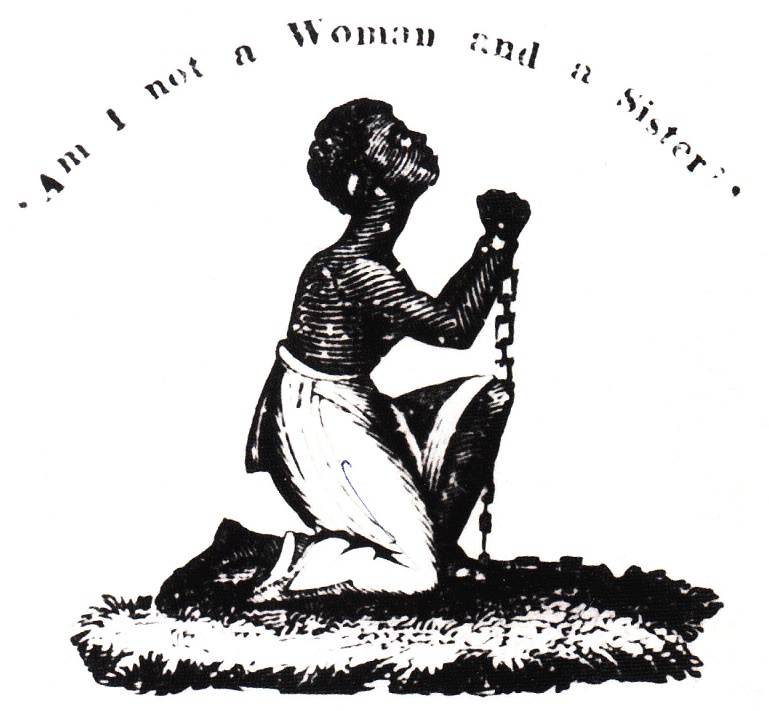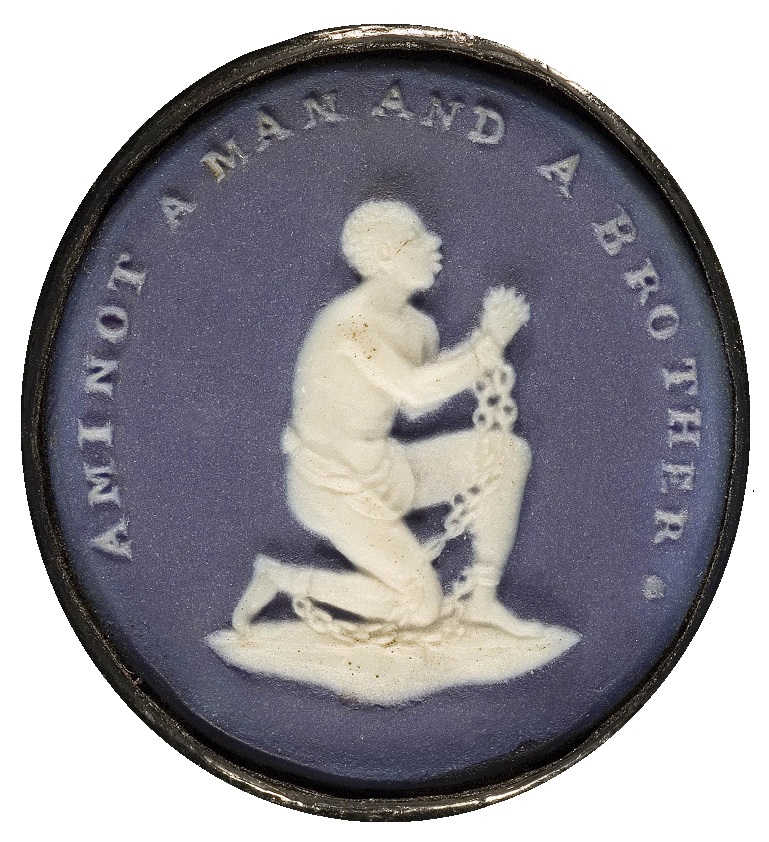
The Slave Trade

Introduction
There were slaves in the time of the Ancient Egyptians and the Ancient Greeks. The Romans owned slaves. But it is shameful to think that, until 1807, British traders also bought and sold human beings.
The slave trade took place on a vast scale. Between 1450 and 1850, about 14 million Africans were taken from their homes to become slaves in the New World. At least the same number were killed us the wars that accompanied the slave trade, or died during the journey across the Atlantic.
The slave trade damaged life in Africa. Slaving parties roamed the country taking the youngest and healthiest members of the community. Faced with the daily danger of death or capture, some Africans stopped bothering to grow food or make clothes. Some parents sold their children for a few bottles of brandy.
At the same time, in America and the West Indies, slavery de-humanised both owners and the enslaved. The owners were racist in a way that takes our breath away today.
At the end of the eighteenth century, however, attitudes in Britain and the United States began to change. People began to realise that it is wrong for one person to own another.
The Campaign for Abolition
The leader of the campaign to abolish slavery was William Wilberforce. Each year, from 1788 to 1807, Wilberforce presented a Bill to the British Parliament calling for the abolition of the slave trade. For 18 years, his Bill was defeated.
The abolitionists decided to get public opinion on their side. They produced leaflets and books; they travelled round the country giving speeches. Their campaign against slavery was the first ever public campaign for reform.
In the end, the abolitionists won. They changed people's opinions. The slave trade in the British Empire was abolished in 1807, and slavery was abolished in 1833. The British then spent the nineteenth century trying to persuade the rest of the world to abolish slavery.
After you have studied this webpage, answer the question sheet by clicking on the 'Time to Work' icon at the top of the page.
Links:
The following websites will help you research further:
The Transatlantic Slave
Trade:
•
Although almost wholly fictional, the best way to understand the slave trade
is to watch the 1977 TV mini-series Roots (available on Amazon
Prime). •
A
Crash Course video on YouTube
• Chestnut Grove School's
revision sheets The Campaign to Abolish the Slave Trade:
1 The First Meme?
The Campaign to Abolish the Slave Trade was the first modern popular protest movement. It was incredibly well-organised and effective, and it invented many of the tactics still used by protest movements today – for instance: plays and public speeches; petitions and letter-writing campaigns; visual aids (such as slaves' chains and a model of a slave boat); pictures, paintings and cartoons; high-profile court cases; Wedgewood pottery cameos; and a boycott of sugar.
Nowadays we would call this powerful visual image a 'meme'.

Interrogating the source:
•
in what different ways does this image seek to move the public to support
Abolition?
Click here for the interpretation
2 A Fashionable Cause
Stoke pottery magnate Josiah Wedgewood took the Abolitionists' emblem and turned it into a fashion accessory. Women wore it as a cameo, men as a medallion.
Nowadays we would call this powerful visual badge a 'pin'.
